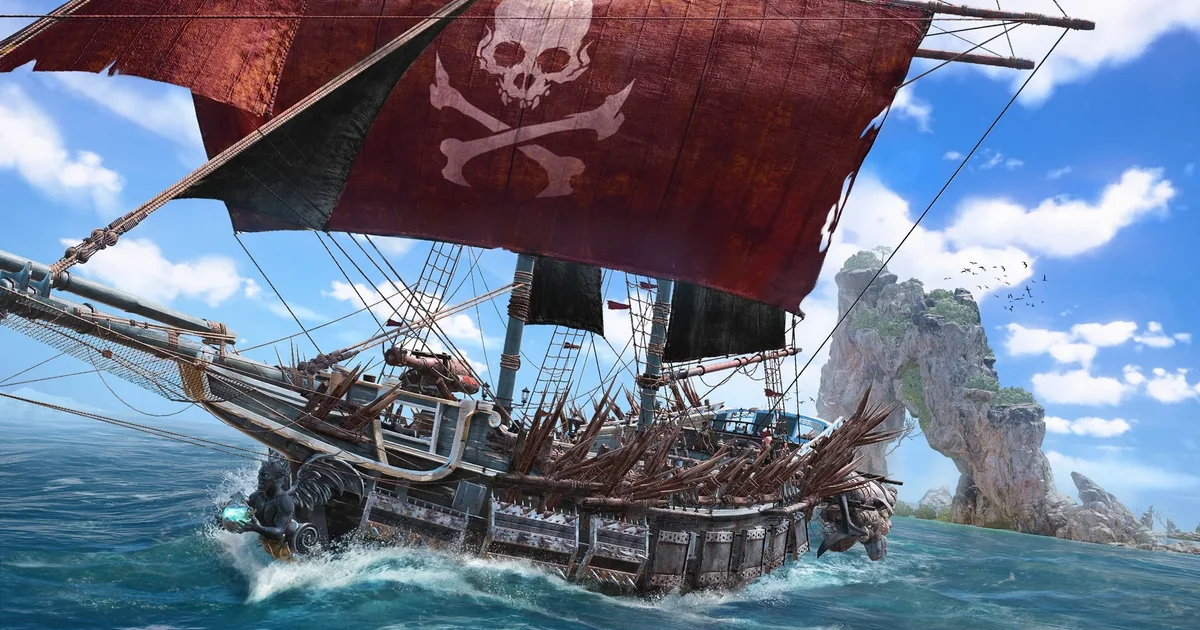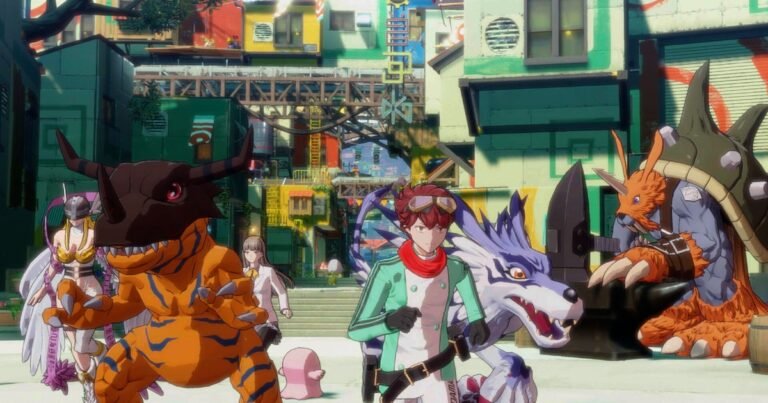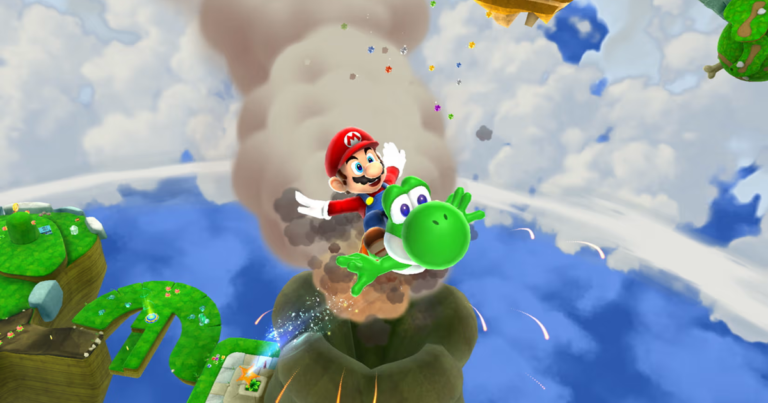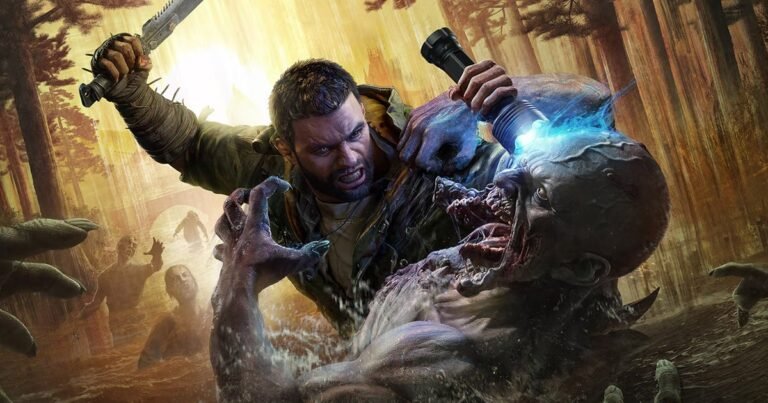
Skull and Bones has finally been released to players after a long journey filled with delays and changes in the management team. The game explores the theme of pirates in a vast open world brimming with adventure opportunities. However, the main storyline falls short, with weak character development and interaction. Gameplay mainly revolves around completing missions, with some showcasing solid and engaging design. The standout feature of the game is the naval battles, providing a gratifying experience with ship building and progression. Despite its strengths, Skull and Bones fails to deliver a truly innovative naval experience, with an excessive amount of grinding required.
Wide range of options
The extensive array of options and configurations for the vessels stands out as one of the game’s strengths. Players are challenged to carefully consider their choices, deciding between agile and maneuverable ships or more robust vessels capable of enduring significant damage. Each piece and component is vital, offering a wide variety of weapons, defense systems, and consumable items. This diversity allows for a highly personalized experience, where players must combine different elements to be effective both in navigation and naval battles.

Embarrassing Outcome
Unfortunately, Skull and Bones does not deliver much beyond a disappointing experience. Ubisoft persisted with a project that, from the outset, lacked the necessary elements to culminate in a satisfactory final product. The result is embarrassing in many aspects, making it one of the most tedious games experienced in recent years. A significant amount of time is spent in an endless pursuit of resources to enhance our vessel, an activity so monotonous that the desire to continue playing is practically nonexistent.



